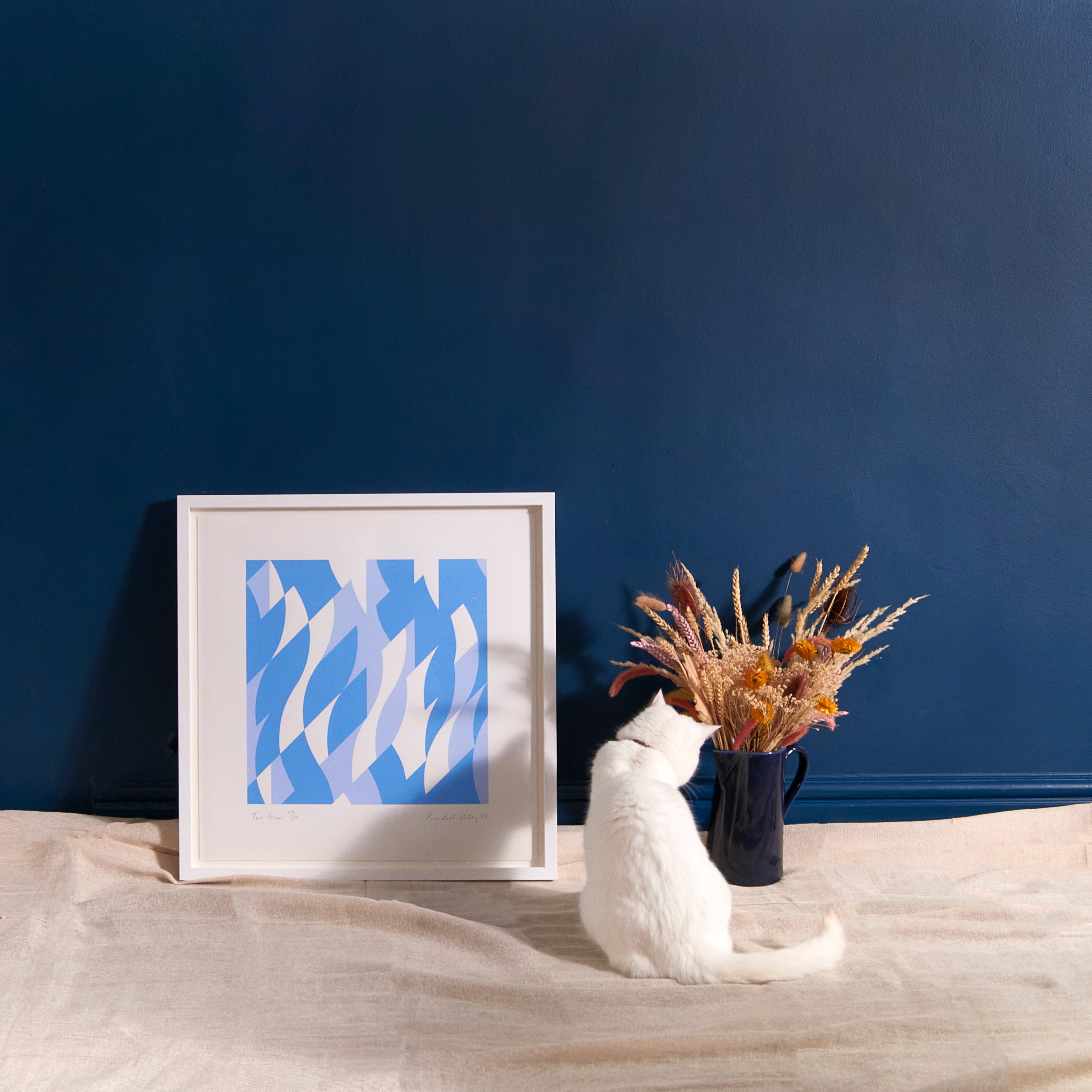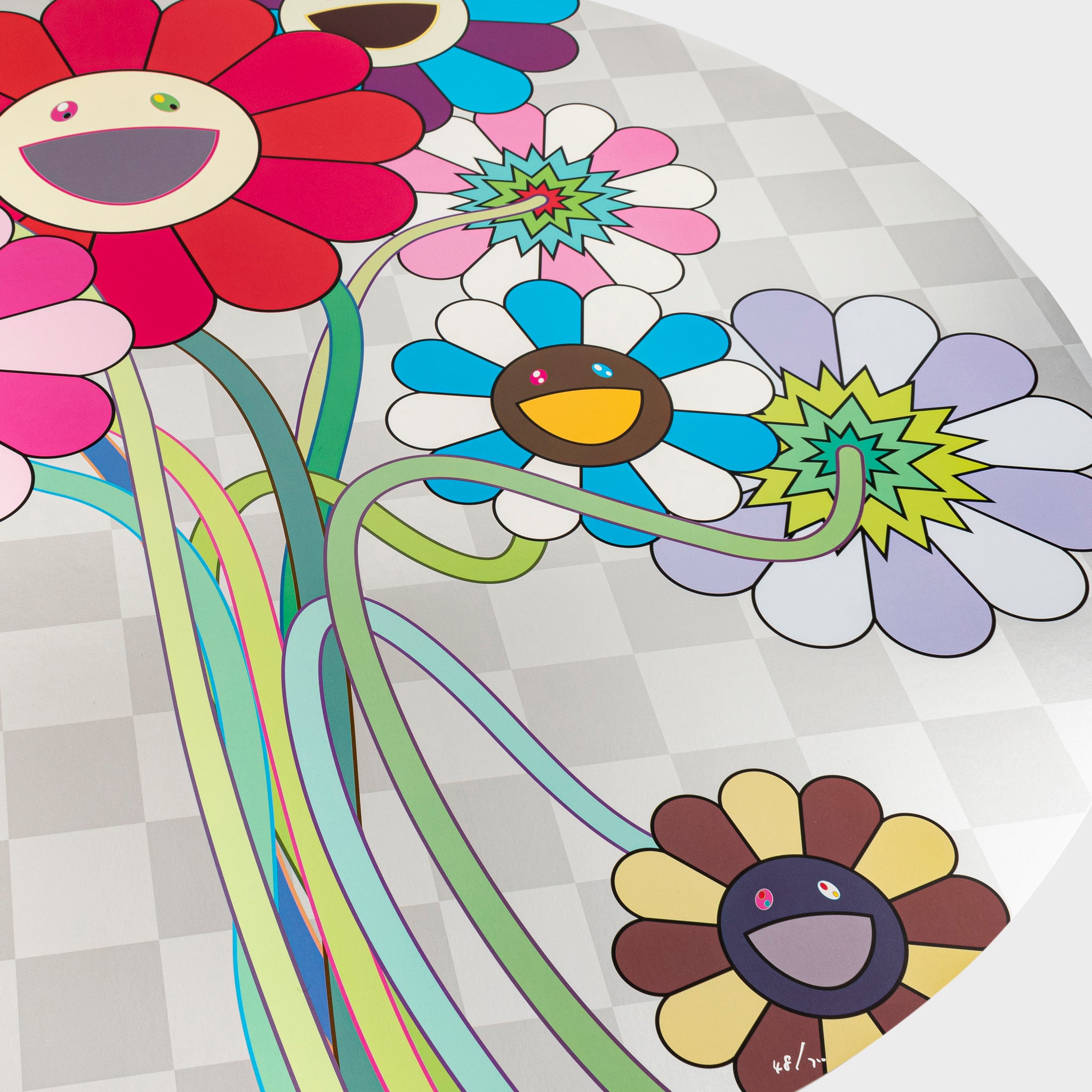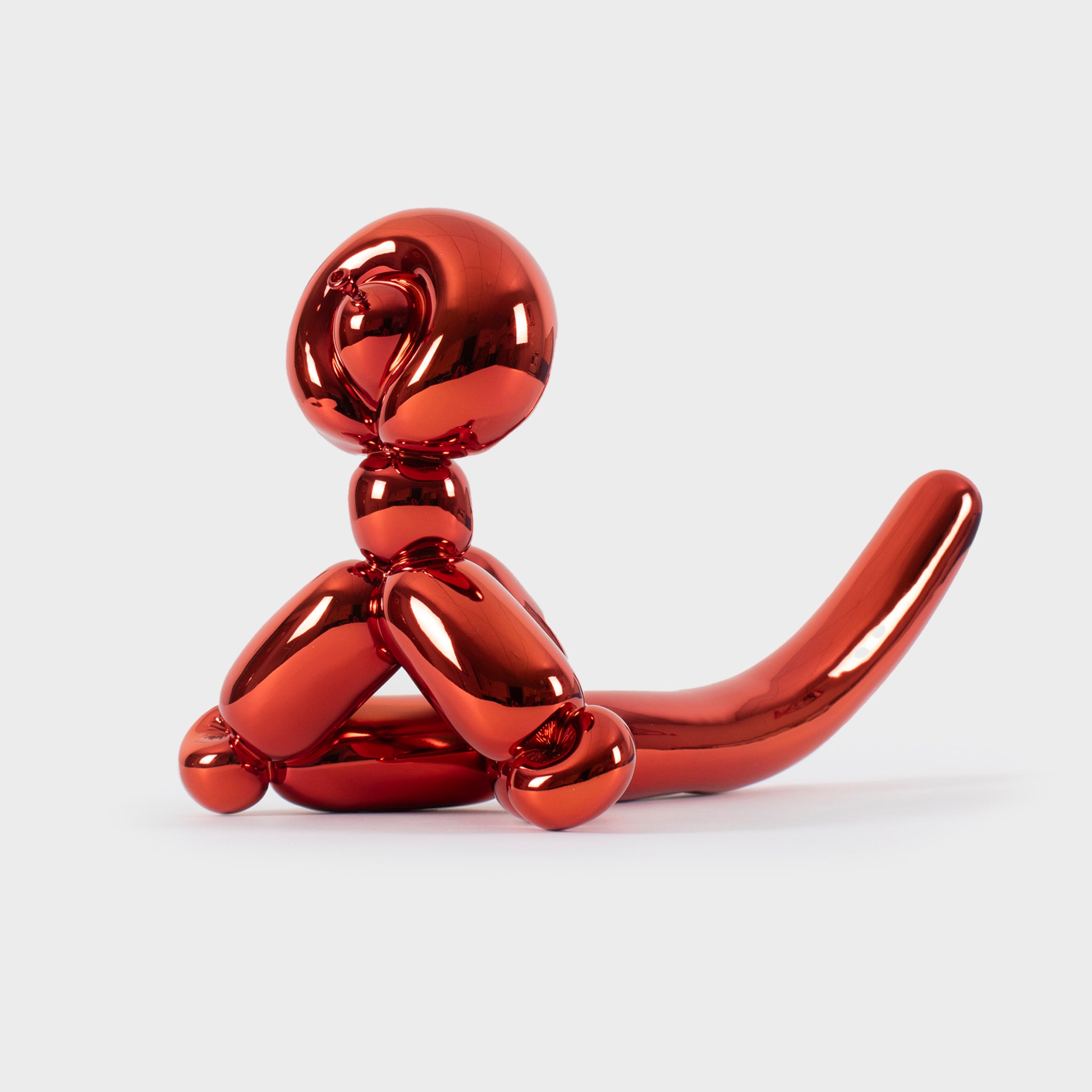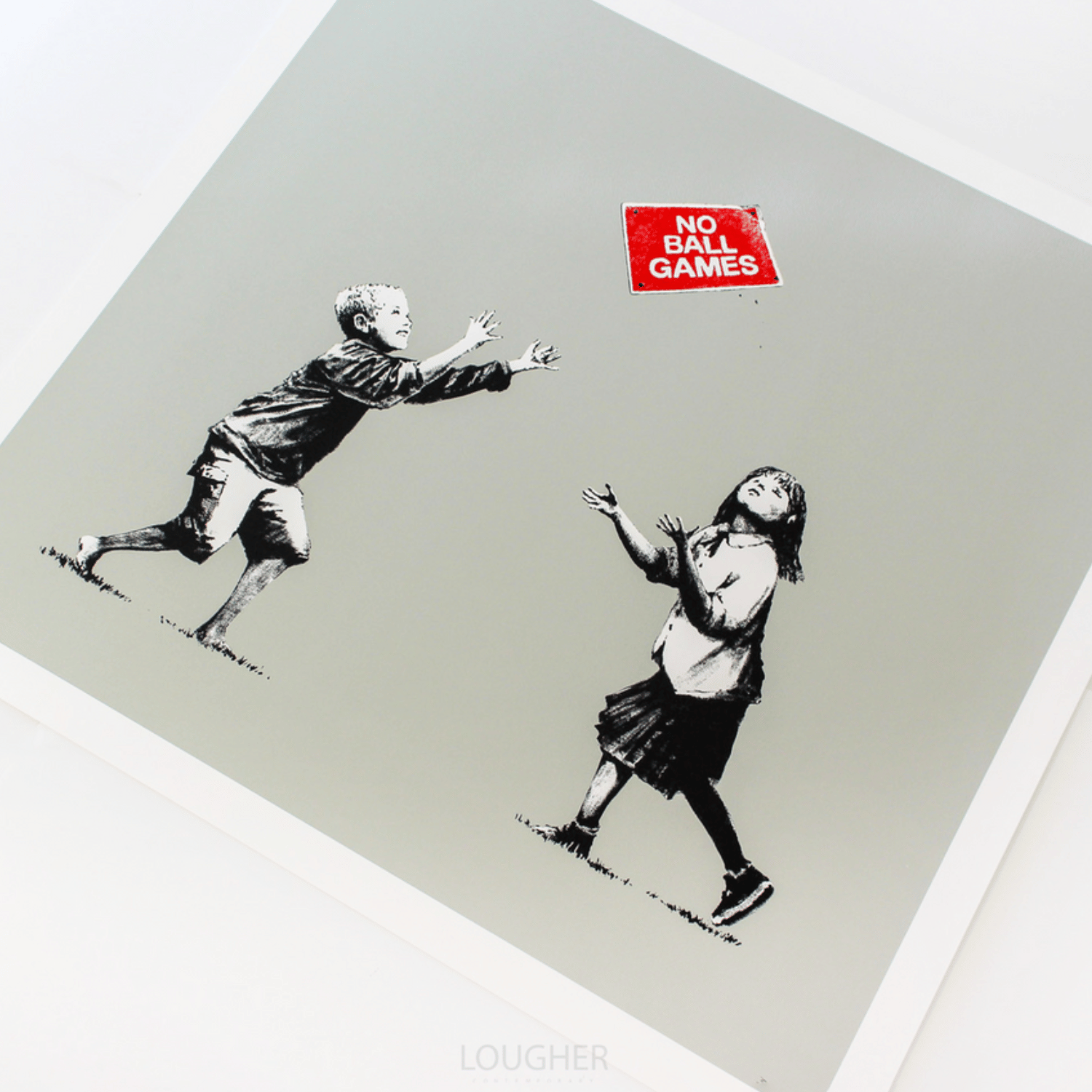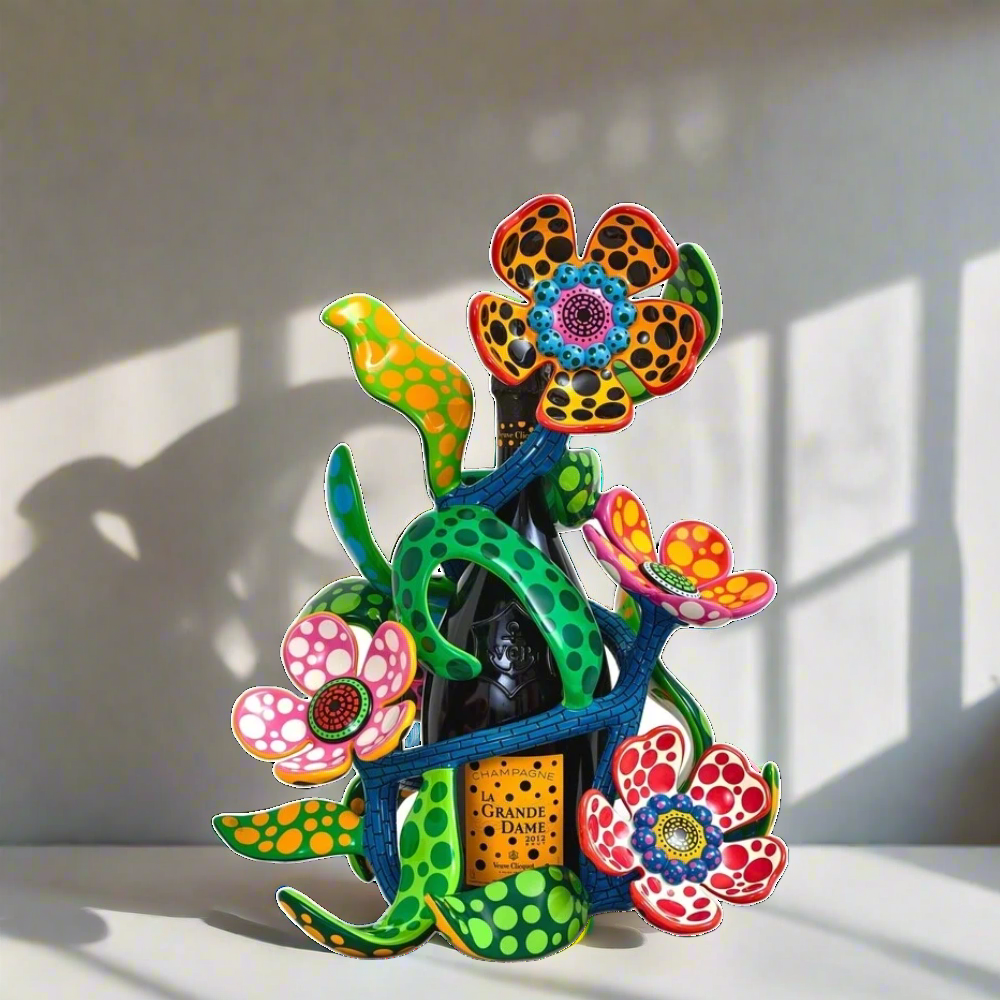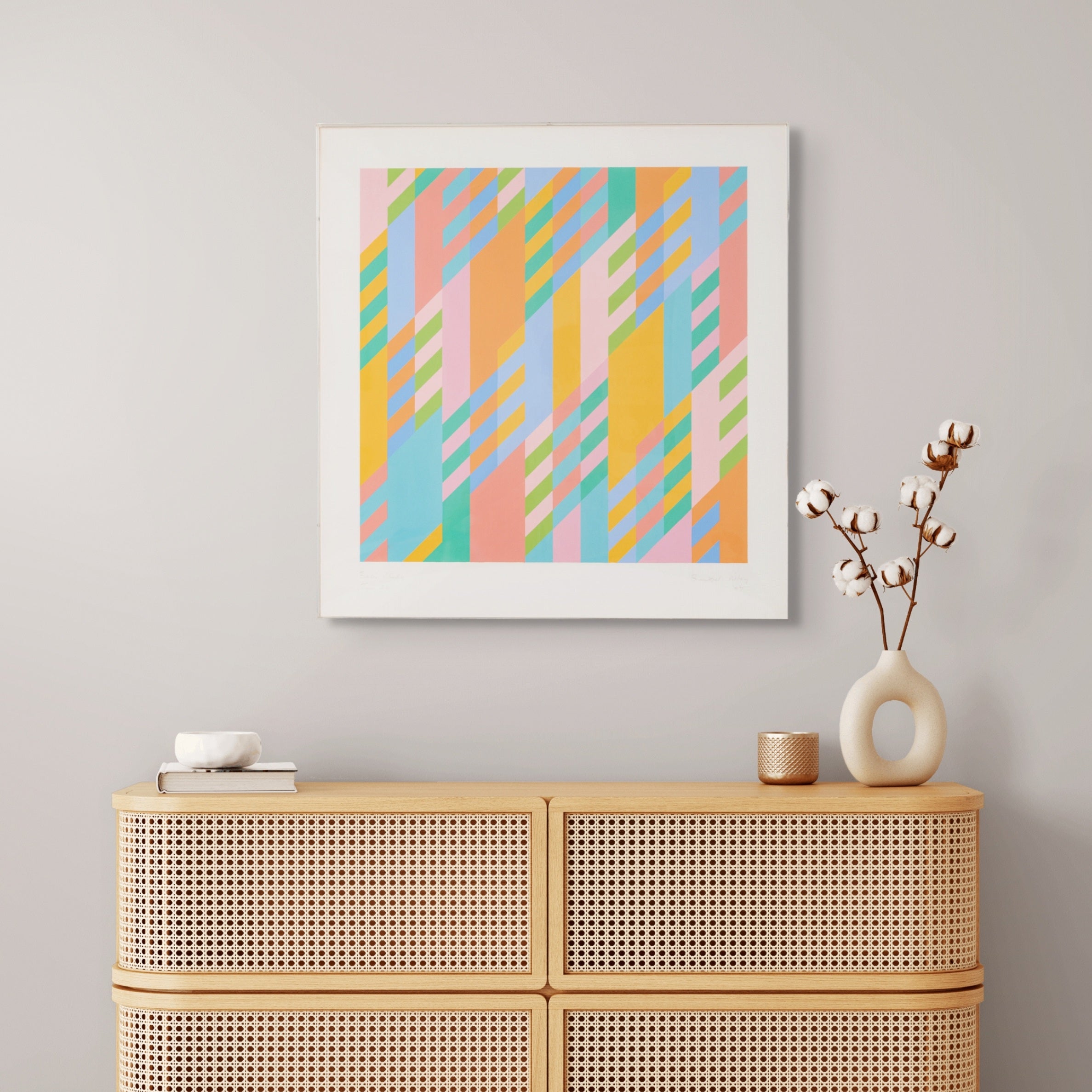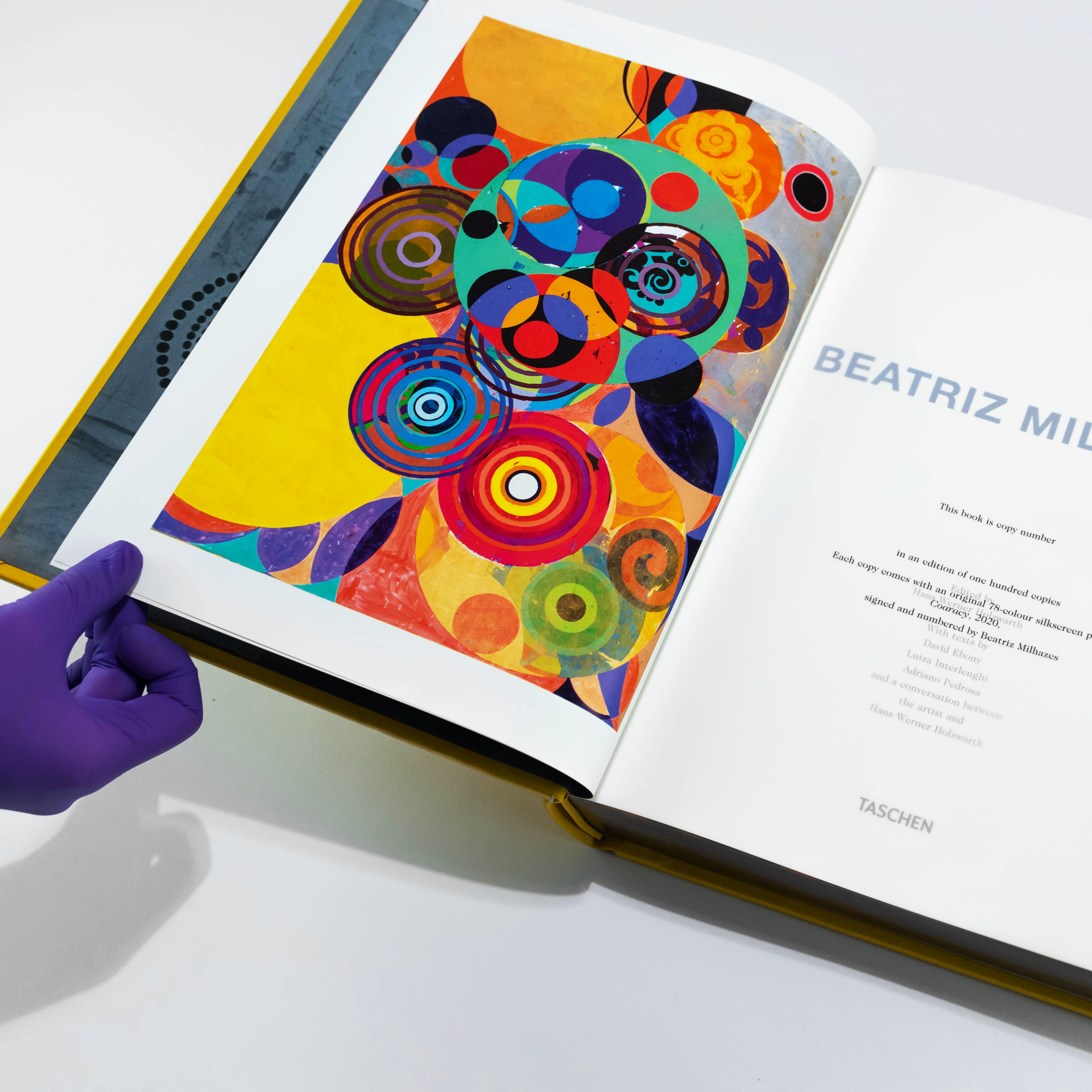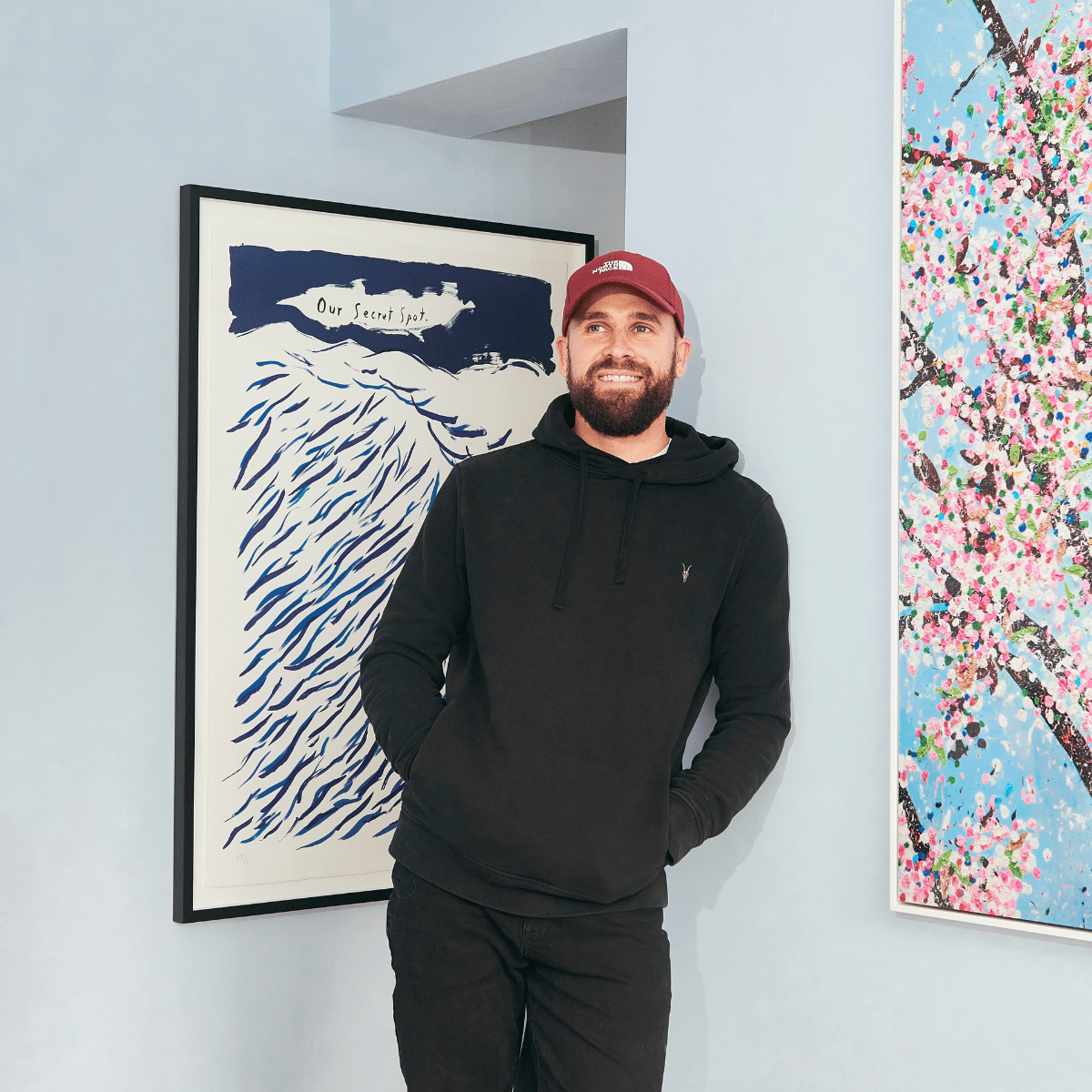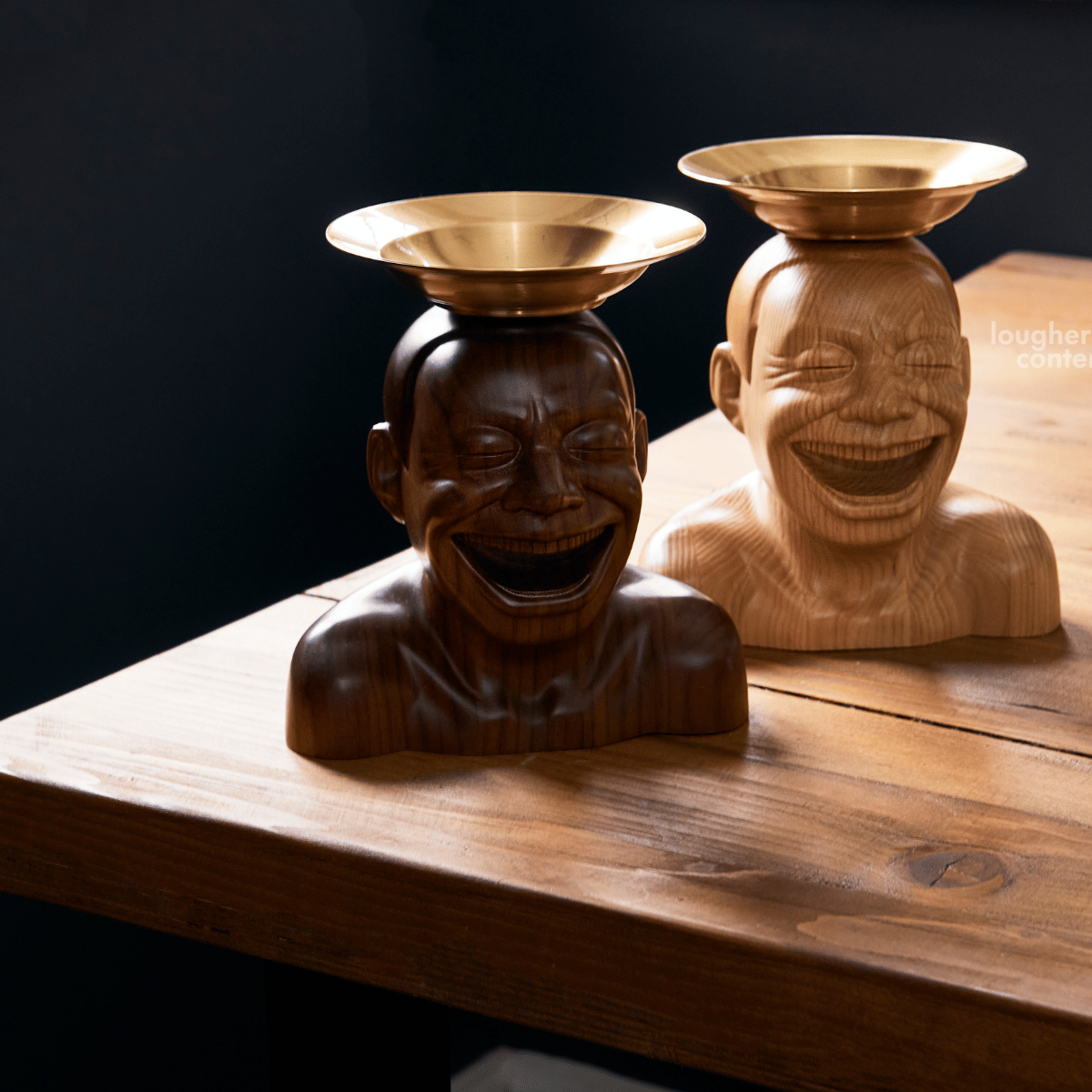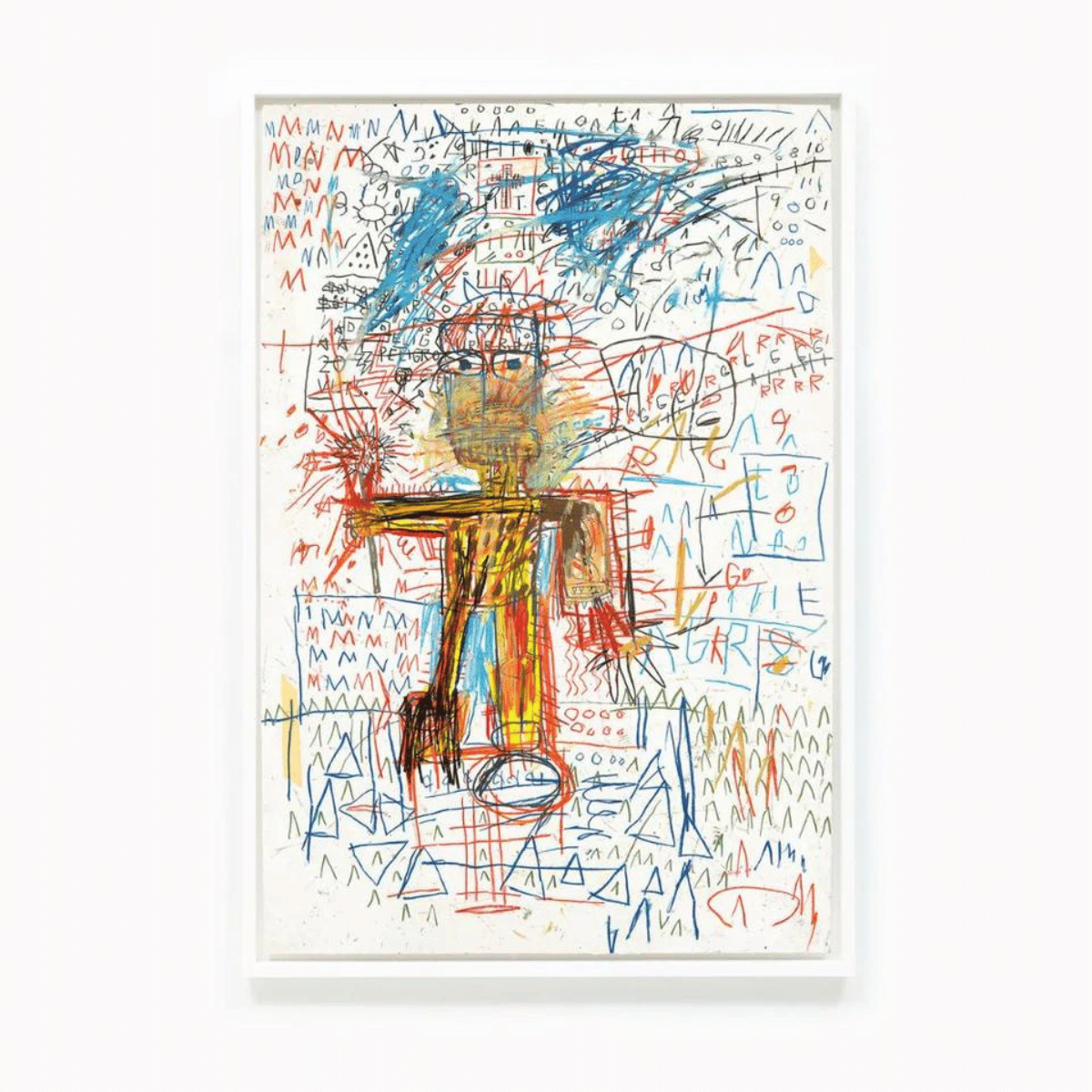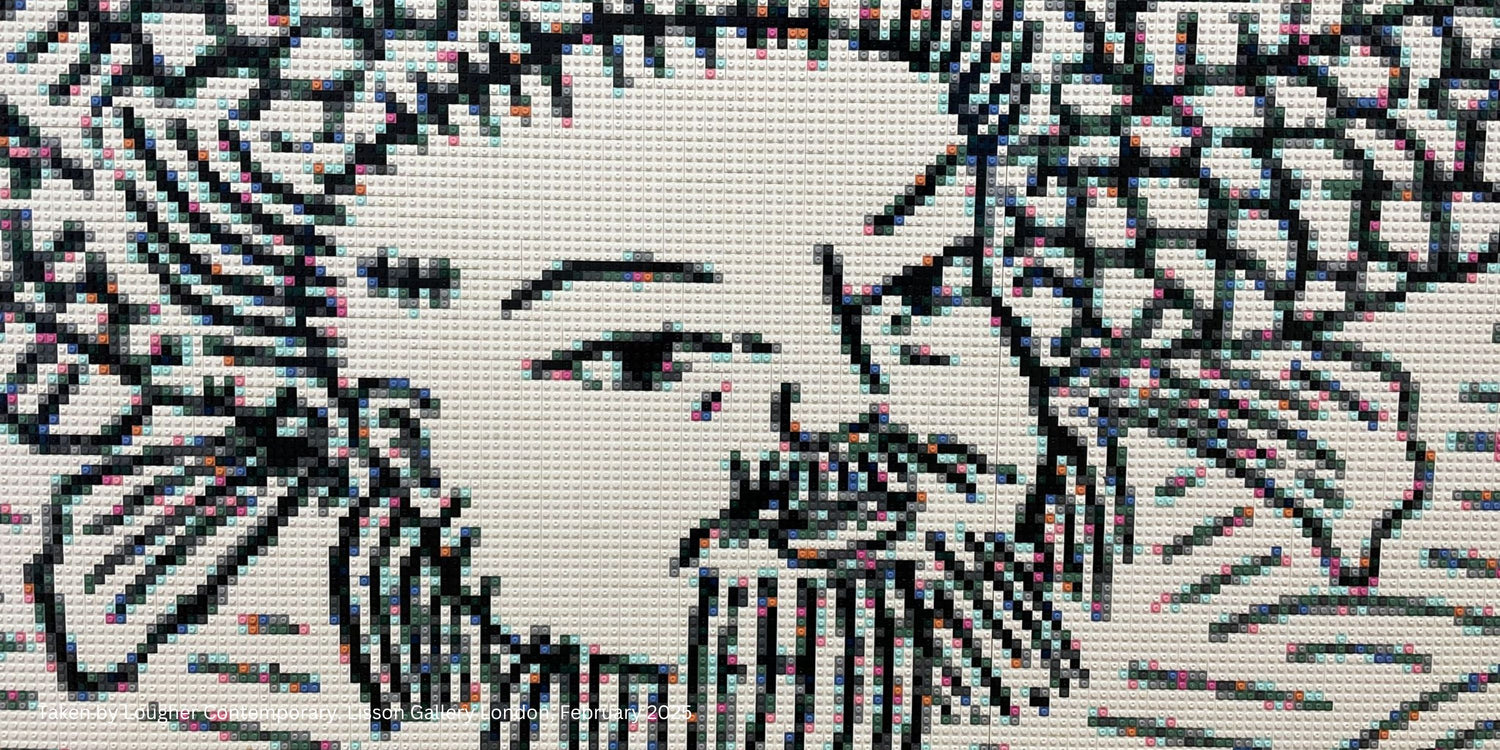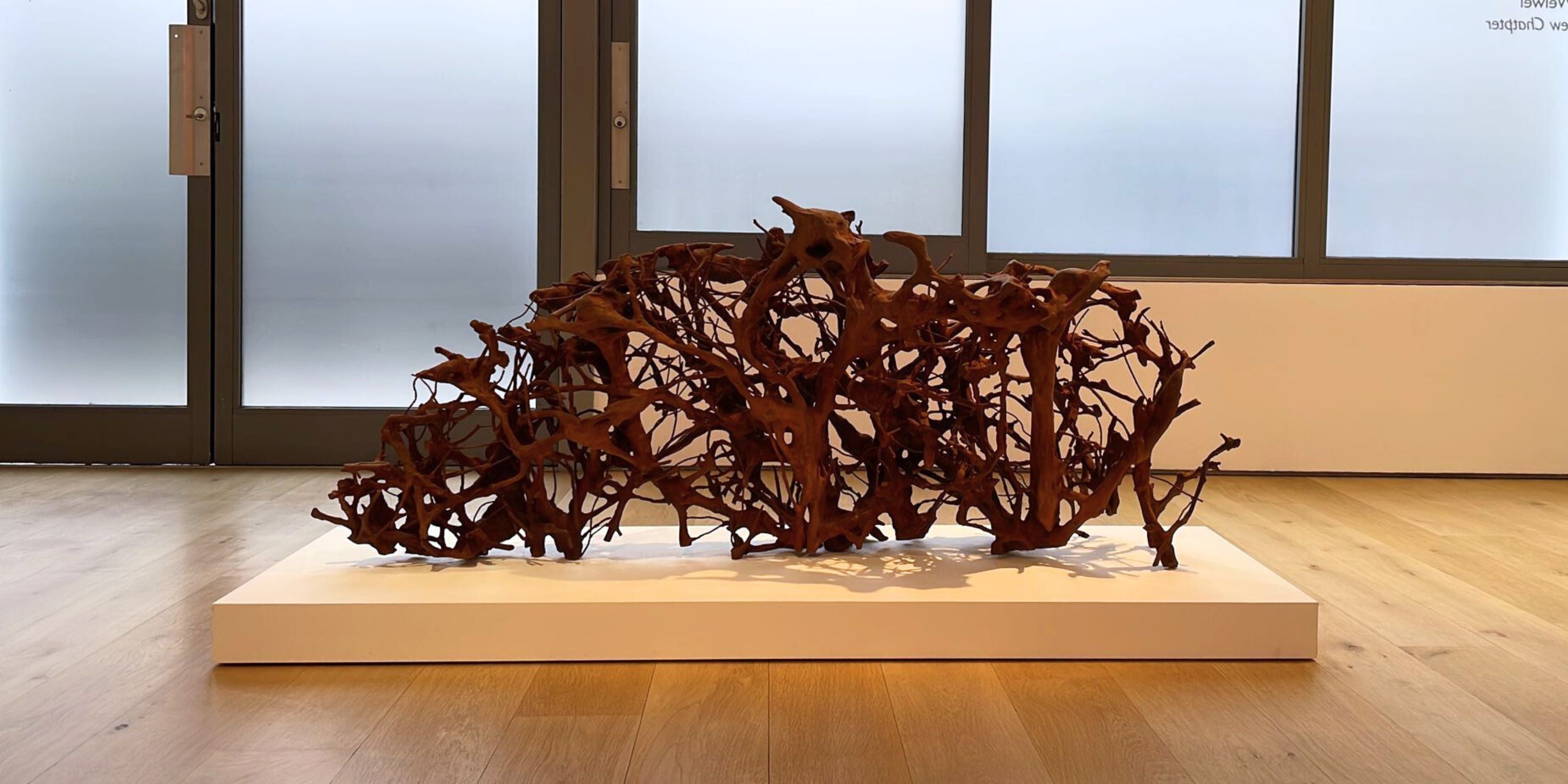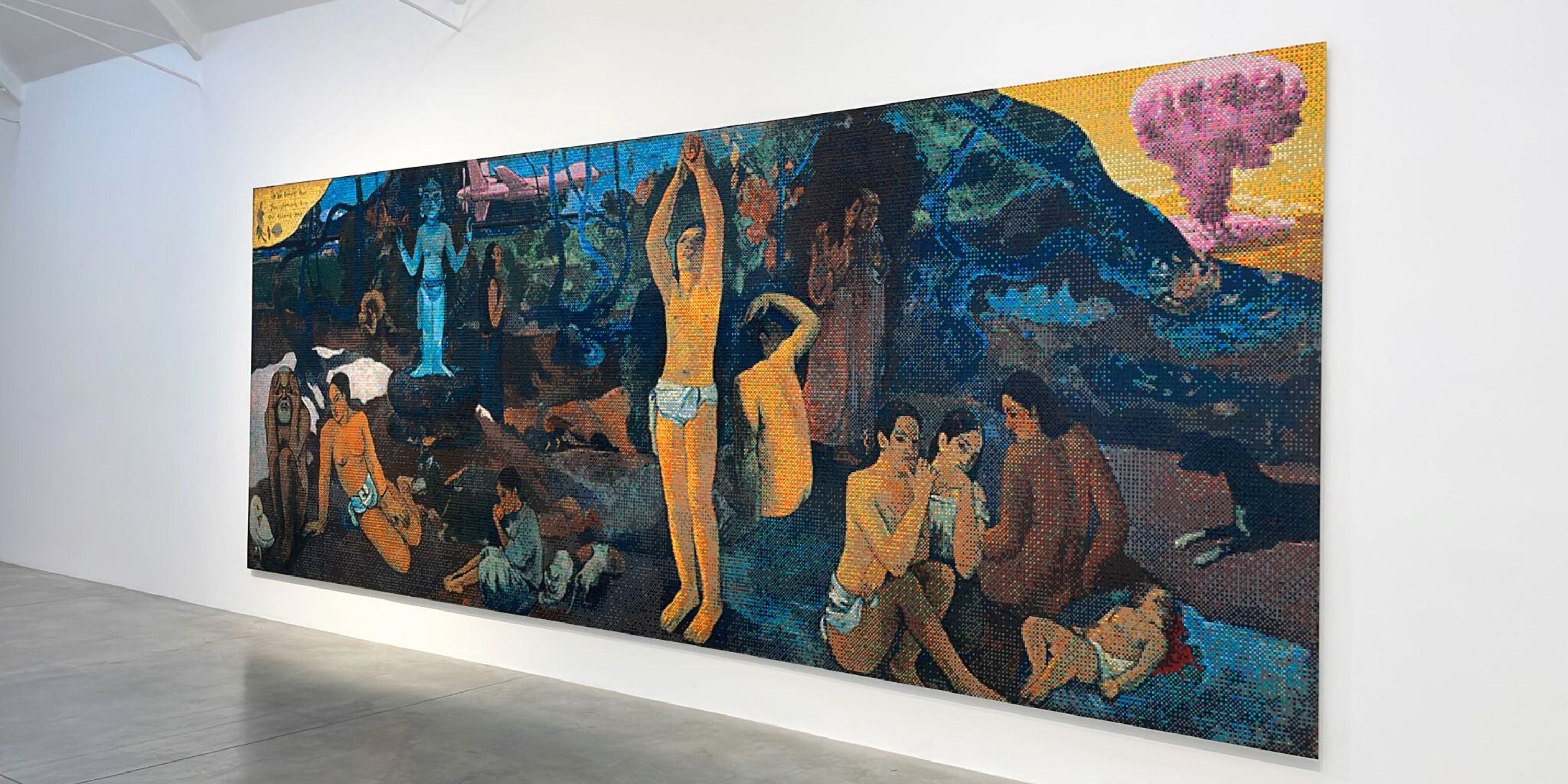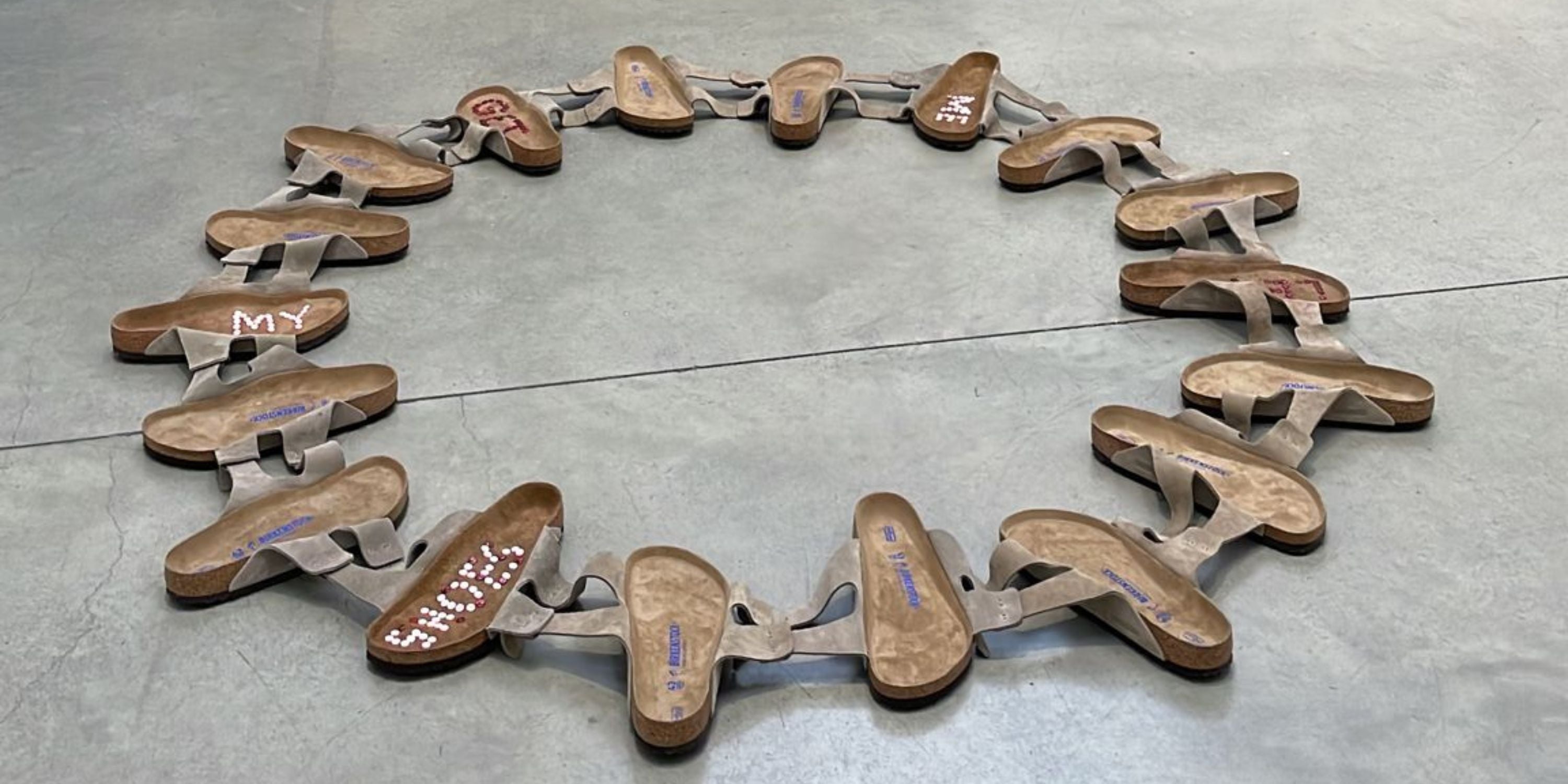Renowned Chinese artist Ai Weiwei returns to London with Ai Weiwei: A New Chapter, an unmissable exhibition at Lisson Gallery, running from 7 February to 15 March 2025. Known for his bold critique of political and social issues, Ai’s latest works continue his exploration of identity, history, and the intersection of art and activism. The exhibition presents new installations and reimagined masterpieces, using unconventional materials such as Lego, buttons, and Second World War artefacts.
Ai Weiwei: The Artist and His Influences
Born in Beijing in 1957, Ai Weiwei is one of the most influential contemporary artists of our time. His practice spans sculpture, installation, photography, architecture, and film, often drawing on personal experiences and historical events. The son of poet Ai Qing, Ai grew up during China’s Cultural Revolution, a period of political upheaval that deeply shaped his views on freedom of expression and state control.
His early career was influenced by his time in New York in the 1980s, where he was inspired by the radical conceptual art of Marcel Duchamp and the rebellious spirit of Andy Warhol. Upon returning to China in the 1990s, Ai adopted an artistic language that blended traditional Chinese craftsmanship with provocative contemporary commentary, challenging authoritarianism and censorship through his work.
Lisson Gallery: A Hub for Contemporary Art
Founded in 1967, Lisson Gallery is one of London’s premier spaces for contemporary art, known for championing innovative and thought-provoking artists. Ai Weiwei has had a longstanding relationship with the gallery, and A New Chapter marks his eighth exhibition there. The gallery’s commitment to showcasing politically engaged and experimental work makes it an ideal setting for Ai’s latest creations.
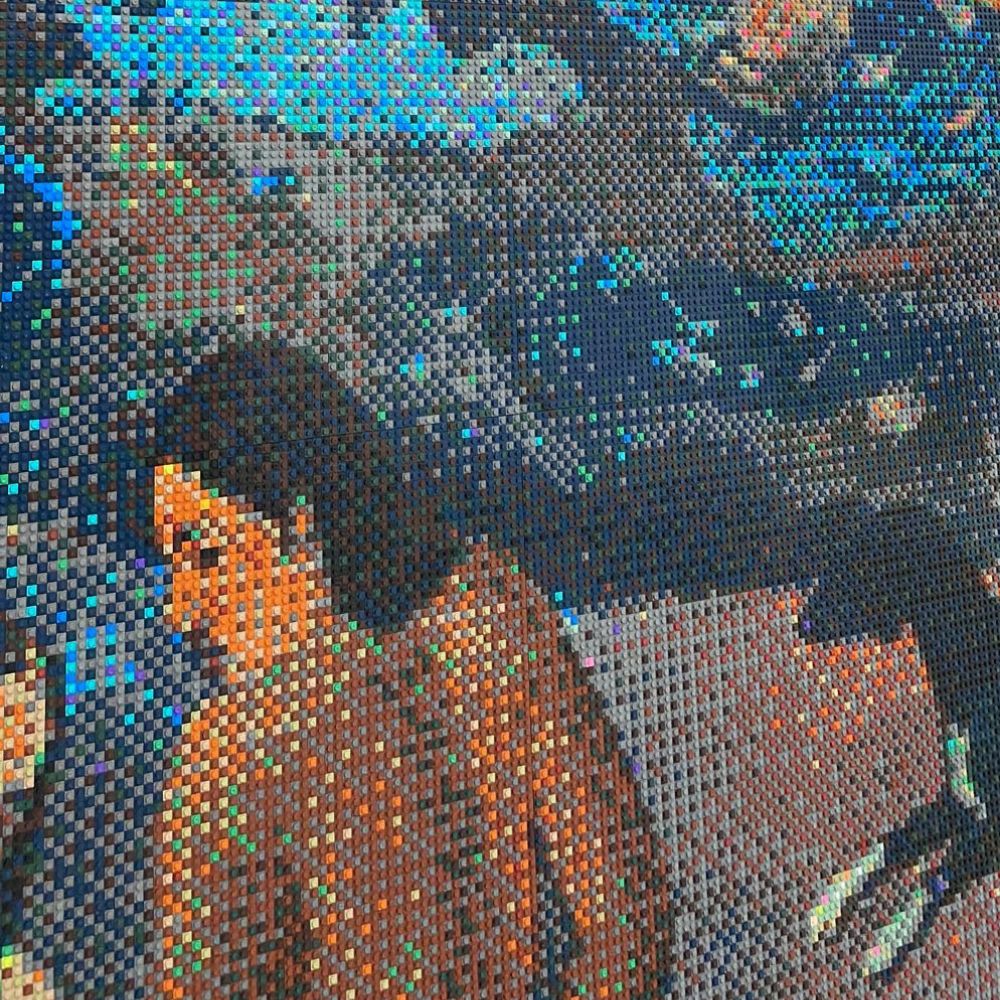
Lego as a Medium: A Political Statement
A defining feature of Ai Weiwei: A New Chapter is the artist’s continued use of Lego as a primary medium. Ai first began working with Lego in 2014 as a way to engage with ideas of mass production, censorship, and authorship. His use of the toy bricks stems from their accessibility and their connection to both play and control—concepts central to his critique of power structures.
Notably, when Ai first sought to purchase Lego bricks in bulk for a political artwork, the company refused, fearing an association with activism. In response, Ai launched a public campaign, with supporters around the world donating bricks to his studio. This episode reinforced his belief in collective action and the power of art to challenge authority. Today, he works with Lego’s Chinese equivalent, Woma, to create pixelated reinterpretations of historical and political imagery.
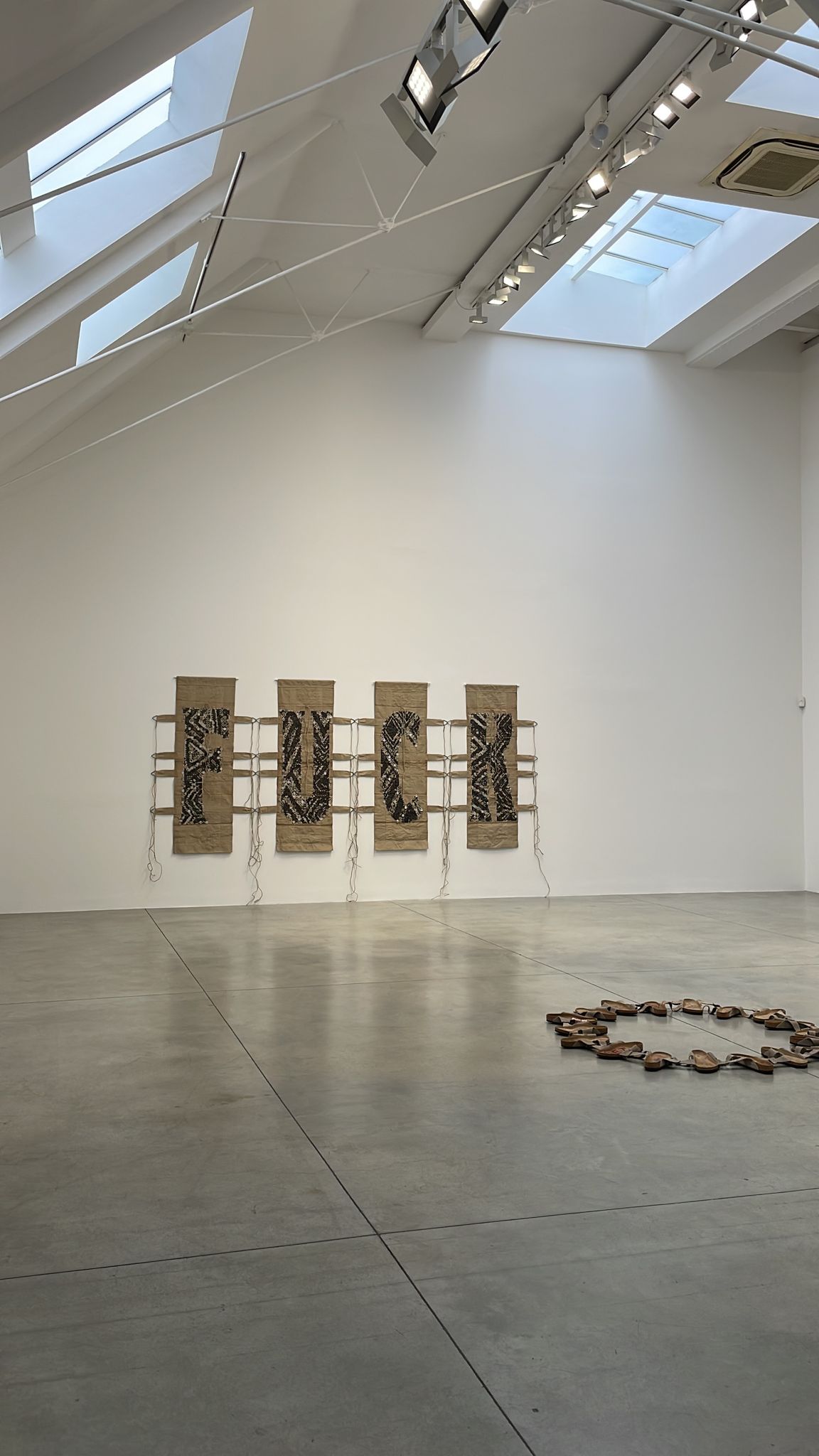
Exhibition Highlights: A Dialogue Between Past and Present
The works on display at Lisson Gallery reflect Ai’s ongoing interrogation of history, politics, and cultural memory. Some of the key pieces featured in the exhibition include:
F.U.C.K. (2024): A provocative installation using buttons affixed to Second World War military stretchers to spell out the infamous acronym. The buttons, sourced from the now-closed A Brown & Co Buttons factory in Croydon, serve as a commentary on industrialisation, labour, and the disappearance of traditional craftsmanship.
Where Do We Come From? What Are We? Where Are We Going? (2024): A Lego recreation of Paul Gauguin’s 1897–98 painting, layered with contemporary themes such as drone warfare, military intervention, and displacement. Ai includes his own likeness in the composition, drawing parallels between his personal history and the broader human struggle for identity and belonging.
China Flag (2024): A large-scale work made entirely of buttons, replicating the flag of the Qing dynasty. This interactive piece encourages viewers to examine the details up close, underscoring themes of national identity and historical change.
Wheatfield with Crows (2024): A Lego reinterpretation of Vincent van Gogh’s iconic painting, infused with modern elements that reflect contemporary societal challenges, such as digital surveillance and global conflict.
Ai Weiwei’s Engagement with History and Craftsmanship
Throughout his career, Ai has consistently drawn attention to the labour and craftsmanship behind his works. Much like his famous Sunflower Seeds installation (2010), where 1,600 artisans hand-painted millions of porcelain seeds, his recent button works involve painstaking manual labour. By incorporating these seemingly mundane materials, Ai blurs the line between high art and everyday objects, elevating them into powerful symbols of resistance and historical continuity.
Buttons hold a personal significance for Ai, as they remind him of his childhood, when material scarcity made small items like buttons invaluable. By repurposing them in his artworks, he highlights the overlooked narratives embedded in ordinary objects.
Why You Should Visit Ai Weiwei: A New Chapter
This latest exhibition at Lisson Gallery offers a deep dive into Ai Weiwei’s ever-evolving artistic practice, showcasing his ability to merge traditional techniques with contemporary political discourse. Whether through his Lego murals, his intricate button installations, or his reinterpretations of historical symbols, Ai’s work continues to challenge our understanding of power, culture, and resistance.
Ai Weiwei: A New Chapter runs from 7 February to 15 March 2025 at Lisson Gallery, 27 Bell Street, London. The gallery is open Tuesday to Saturday, 11:00 am to 6:00 pm. Admission is free, but visitors are encouraged to book in advance through the gallery’s website.
Don’t miss this extraordinary opportunity to experience the work of one of the most significant artists of our time, whose fearless creativity continues to redefine the boundaries of contemporary art.


